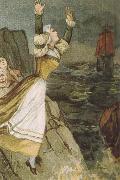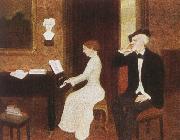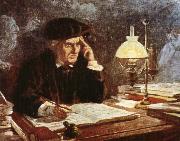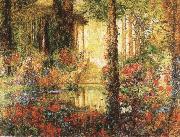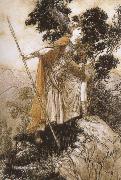|
||||||||||
|
|
||||||||||
|
senta leaps toher death an art nouveau illustration of the final scene of the flying futchman Pintura Identificación:: 60388 Vea nuestra galería en Suecia |
senta leaps toher death an art nouveau illustration of the final scene of the flying futchman mk270 senta leaps toher death an art nouveau illustration of the final scene of the flying futchman. mk270_senta_leaps_toher_death_an_art_nouveau_illustration_of_the_final_scene_of_the_flying_futchman. |
|||||||||
|
|
||||||||||
|
daughter of franz liszt Pintura Identificación:: 60389 Vea nuestra galería en Suecia |
daughter of franz liszt mk270 a domestic vision of wagner at home wih his second wife cosima, daughter of franz liszt. mk270_a_domestic_vision_of_wagner_at_home_wih_his_second_wife_cosima,_daughter_of_franz_liszt. |
|||||||||
|
|
||||||||||
|
a romantic impression of wagner compoing his epic saga der ring des nibelungen Pintura Identificación:: 60390 Vea nuestra galería en Suecia |
a romantic impression of wagner compoing his epic saga der ring des nibelungen mk270 a romantic impression of wagner compoing his epic saga der ring des nibelungen, a cycle of four operas completed in 1874 mk270__a_romantic_impression_of_wagner_compoing_his_epic_saga_der_ring_des_nibelungen,_a_cycle_of_four_operas_completed_in_1874 |
|||||||||
|
|
||||||||||
|
designed by thomas edwin mostyn Pintura Identificación:: 60391 Vea nuestra galería en Suecia |
designed by thomas edwin mostyn mk270 a 1914 stage set for in parsifal, designed by thomas edwin mostyn mk270__a_1914_stage_set_for_in_parsifal,_designed_by_thomas_edwin_mostyn |
|||||||||
|
|
||||||||||
|
brunnhilde Pintura Identificación:: 60392 Vea nuestra galería en Suecia |
brunnhilde mk270 brunnhilde, from arthur rackham s 1910 watercolour illustrations to the rhinegold and the valkyrie. mk270__brunnhilde,_from_arthur_rackham_s_1910_watercolour_illustrations_to_the_rhinegold_and_the_valkyrie. |
|||||||||
|
|
||||||||||
|
1 | Artista Previo Próximo Artista | |||||||||
|
|
||||||||||
| eduard hanslick | ||||||||||
| German music critic, aesthetician and pioneer of musical appreciation. He studied music with Tom??šek and read law at Prague University, writing his earliest essays for the Prague journal Ost und West and for the Wiener Musikzeitung, the Sonntagsblätter and the Wiener Zeitung. From 1849 to 1861 he was a civil servant, chiefly for the ministry of culture, meanwhile writing for the Presse, publishing his important book Vom Musikalisch-Schönen (1854) and lecturing on music appreciation at Vienna University, becoming full professor in 1870. He was also active as a musical emissary and helped promote the standardization of musical pitch. Among his long-standing friends were Brahms and the philosopher Robert Zimmermann. Though his aesthetic enshrined the classical ideals of orderliness and formal perfection, his interests were limited to the music of his own time. | ||||||||||
|
|
||||||||||
IntoFineArt Co,.Ltd.








